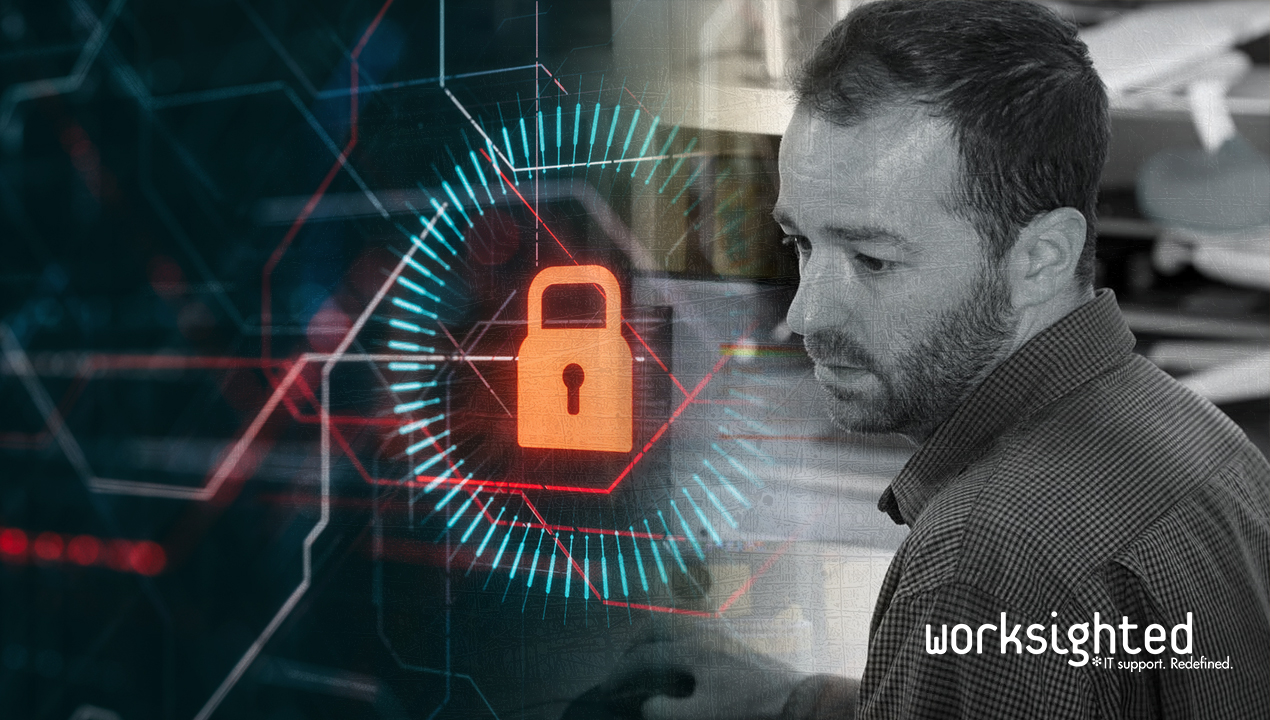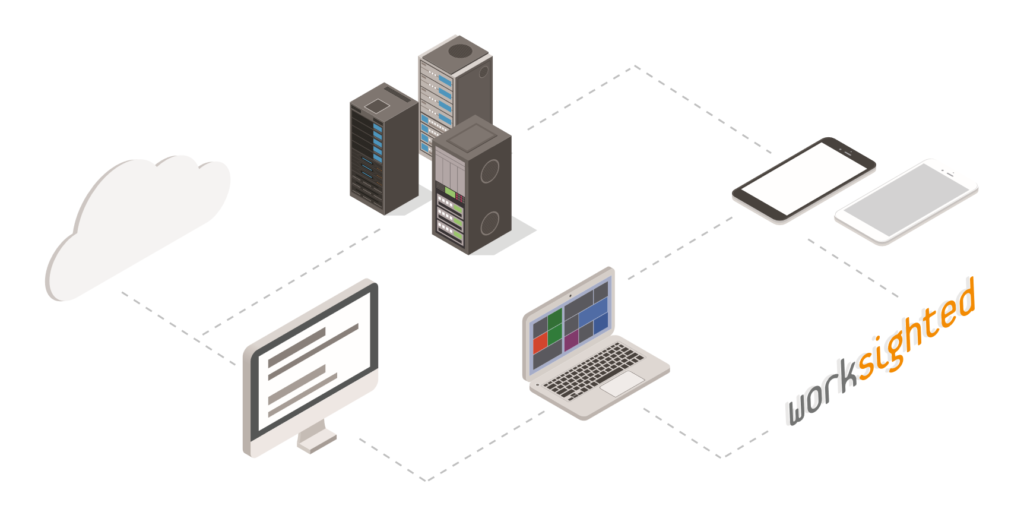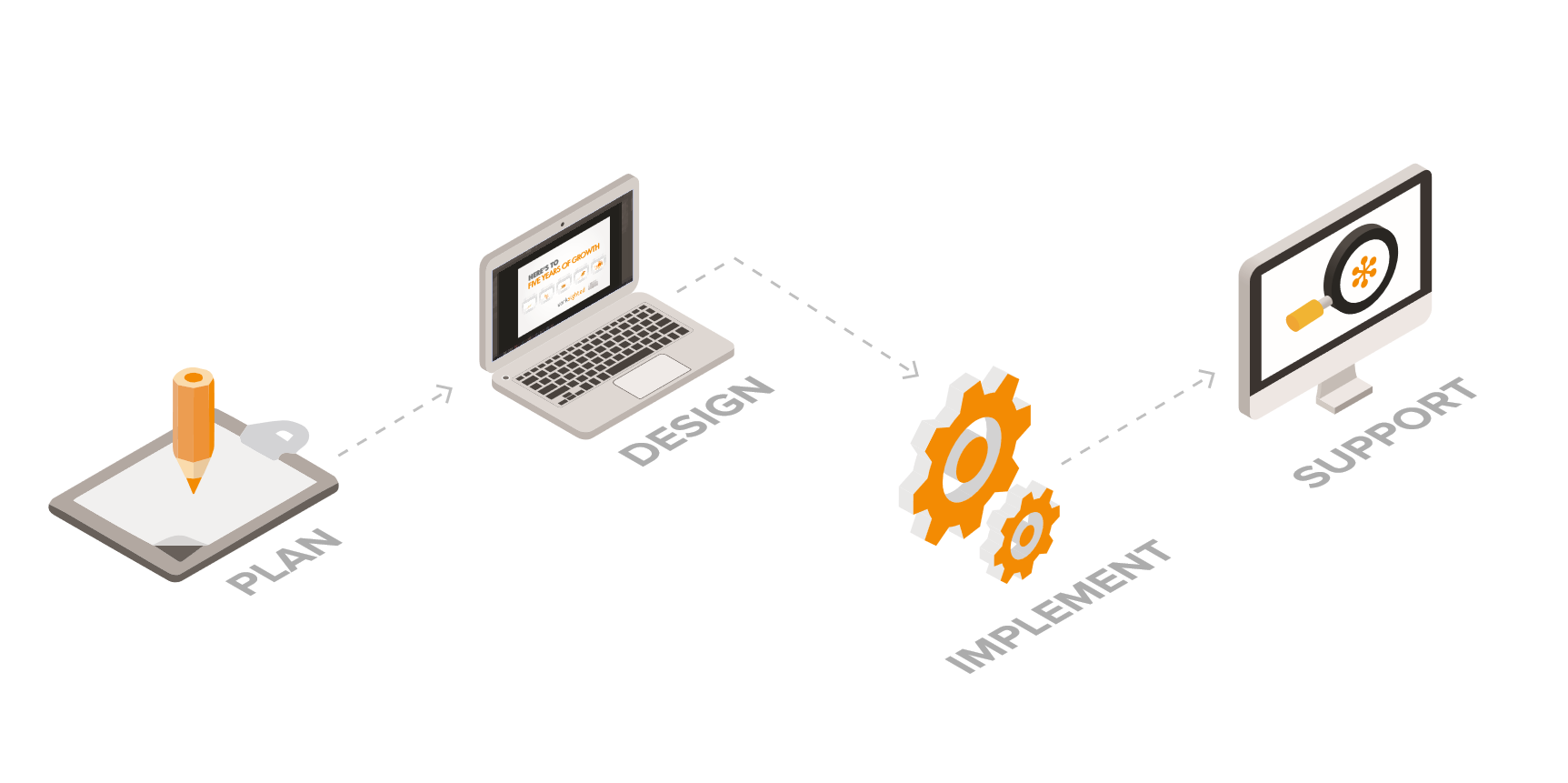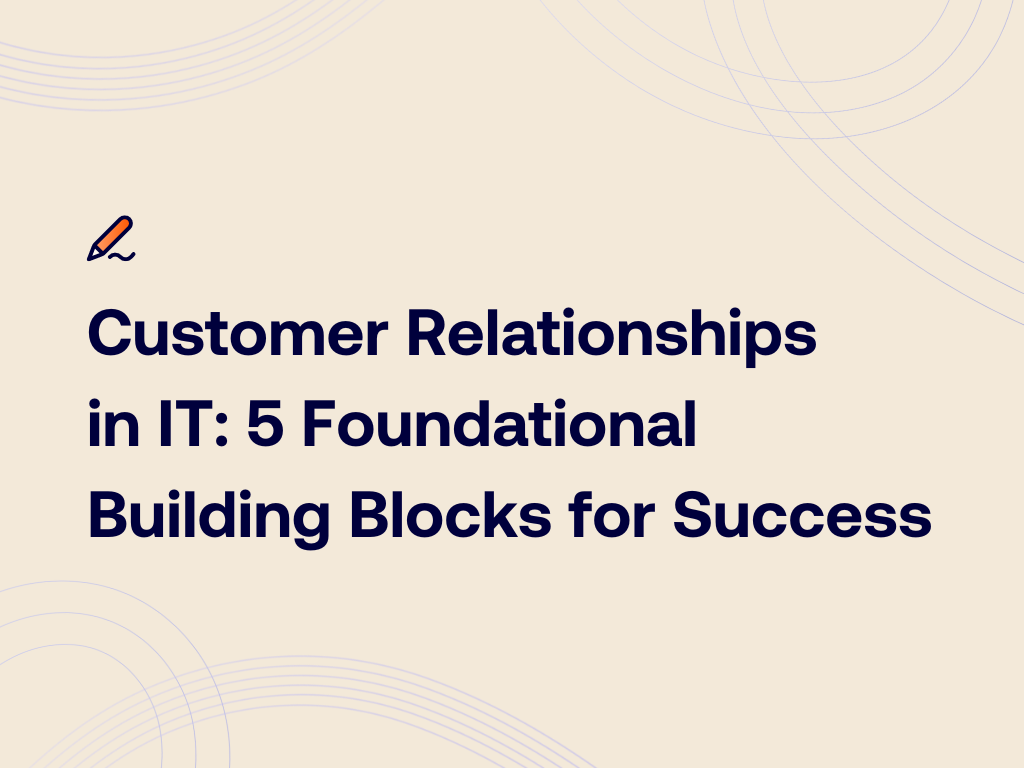How to Create a Crisis Plan for Healthcare Cybersecurity Breaches
In this blog series, we’ll be taking a closer look at the technology and communication requirements healthcare organizations need to consider when dealing with cybersecurity.
While you may have taken all the cybersecurity precautions possible to keep your business safe from attacks, having a contingency plan is always a good idea in the case that things turn out for the worst.
Healthcare organizations have become prime targets for hackers in recent years. A wide array of sensitive personal details are kept on their servers and this data can be very valuable to cybercriminals. After data is compromised, rebuilding can be expensive and could deliver a significant blow to patients’ trust.
Healthcare facilities also risk breaking the ”Privacy Law”, part of the federal Health and Portability Accountability Act (HIPAA). There can be serious consequences for breaches, providing a strong incentive to take a firm stance with cybersecurity and take care of “protected health information”.
To help you put together a comprehensive and easy to follow contingency plan, we’ve teamed up with Lambert & Co and mapped out the steps to follow in this blog.

Your crisis communication plan checklist
All organizations need a crisis communication plan. When a security breach does occur, the ability to respond to stakeholders quickly and effectively is crucial. It could be the difference between a setback and a complete meltdown. So here are the key areas to cover when drawing up your plan:
• Prepare for the worst – It’s important to have a crisis plan in place before you need to use it. This ensures you aren’t developing processes as you go and allows you to communicate much faster and with more confidence. It allows you to train staff to deal with the scenario beforehand, so everyone knows exactly how to react when there’s a breach.
• Spotting issues – Recognizing an issue as soon as it occurs can dramatically decrease the damage done to your image and patients’ trust. A strong crisis plan will help you determine when you have a problem that requires intervention and the corresponding steps you take to organize a response.
• A united response – Being able to tackle these issues as a united front will help to reduce the amount of time your organization is vulnerable. The plan should have a simple process for gathering a team in the event of a breach, assessing the issue, and developing a communication strategy to help tackle the problem.
• Cybersecurity risk assessment – Your plan should have a tool to help you evaluate the significance of the problem, such as a cybersecurity risk assessment. This will allow you to take a logical assessment of the situation and break down the problem into tangible and manageable areas, so that the team can deal with the issues more effectively and be more transparent about where the problem originated.
• Updating stakeholders – The plan should also include tools to support message development and key stakeholder outreach. This might include a template for public statements and a stakeholder identification checklist.
• Practice makes perfect – Go over the response plan multiple times with test scenarios. Working through obstacles during a practice scenario can instill confidence in your team’s approach and will improve their response time if the real thing does occur.
• Continually improving – Every time you use the plan to respond to an incident, or stress test it in a practice drill, you should evaluate the steps you took and the effectiveness of your approach. The plan should be a living document that you can update and fine-tune depending on the way your team and the organization itself evolves.
Crisis plans should also be revisited on a consistent basis to ensure that processes are up to date and still applicable to the current environment.
What to remember about healthcare crisis communications
They say that failing to plan is planning to fail. That’s never been truer than in the case of crisis communications. Having a solid plan that the whole team – if not the whole organization – knows well is perhaps the most important step when healthcare cybersecurity breaches occur.
Drilling your plan, testing it, putting it through its paces, and pulling it apart will only make your response stronger when it comes to putting your practice to the test. It’s very important that the team is well versed and ready to move when a crisis like this occurs, so ensuring that you’ve developed a watertight plan should set you on course for a speedy recovery.
If you want to learn more about crisis communication plan development, get in touch with Lambert. Their team will help you to develop and roll out a robust plan within your organization. They will also train and drill your team so they’re ready for anything. To prevent the situation from happening in the first place, get in touch with us at Worksighted and let us help you build a robust cybersecurity system to deter and deny potential attackers.




